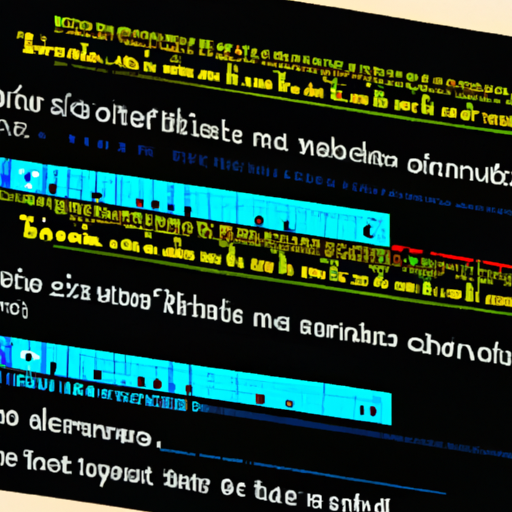What is True and False in JavaScript: A Comprehensive Guide
JavaScript, being one of the most popular programming languages, has its own set of rules when it comes to determining what is considered true or false. Understanding these concepts is crucial for any developer working with JavaScript. In this comprehensive guide, we will delve into the intricacies of true and false in JavaScript and shed light on their behavior.
True and False Values in JavaScript
In JavaScript, there are certain values that are considered inherently false, while others are considered true. Let’s start by exploring the values that are considered false:
1. false: The boolean value false is the most straightforward representation of falseness in JavaScript. It signifies the absence of truth.
2. 0: The number zero is also considered false in JavaScript. Any other non-zero number is considered true.
3. NaN: NaN, which stands for “Not a Number,” is another value that is considered false. It is typically returned when performing mathematical operations that result in an undefined or unrepresentable value.
4. null: The null value represents the intentional absence of any object value. It is considered false in JavaScript.
5. undefined: The undefined value is assigned to variables that have been declared but have not been assigned a value. It is also considered false.
6. ” (empty string): An empty string is considered false in JavaScript. Any non-empty string is considered true.
These values are known as falsy values in JavaScript. On the other hand, there are values that are considered inherently true, known as truthy values:
1. true: The boolean value true is the simplest representation of truth in JavaScript.
2. Non-zero numbers: Any non-zero number, positive or negative, is considered true.
3. Non-empty strings: Any string that contains at least one character is considered true.
4. Objects and arrays: Objects and arrays, regardless of their content, are considered true.
5. Functions: Functions are also considered true in JavaScript.
Implicit Type Conversion
JavaScript has a unique feature called implicit type conversion, which can sometimes lead to unexpected results when dealing with true and false values. For example, when using the equality operator (==), JavaScript will attempt to convert values of different types to a common type before making the comparison. This can lead to seemingly strange behavior:
“`javascript
console.log(0 == false); // true
console.log(” == false); // true
console.log(null == undefined); // true
“`
To avoid such pitfalls, it is generally recommended to use the strict equality operator (===), which checks for both value and type equality.
Conclusion
Understanding the concept of true and false in JavaScript is essential for writing reliable and bug-free code. By knowing which values are considered true or false, you can make informed decisions when writing conditional statements or performing comparisons. Remember to be cautious when dealing with implicit type conversion and consider using the strict equality operator to ensure accurate comparisons.
In this guide, we have covered the various values that are considered true or false in JavaScript, as well as the implications of implicit type conversion. Armed with this knowledge, you can confidently navigate the intricacies of true and false in JavaScript and write more robust code.




